Museo del Hanbok de Lee Rhee-za (이리자 한복전시관)
10.2Km 2022-06-30
Samcheong-ro 20, Jongno-gu, Seúl.
Este museo, en lugar de representar simplemente los hanbok (trajes tradicionales), demuestra de manera simple los ritos de paso que debe atravesar una persona, desde su nacimiento hasta la muerte, y, en su conjunto, presenta la vestimenta y sus accesorios correspondientes. Los trajes tradicionales son obra de la famosa diseñadora de hanbok Lee Rhee-za, los cuales también se pueden utilizar en la actualidad. Además de los trajes, también podrá conocer la gran variedad de accesorios y adornos tradicionales.
Maeumeul Damanaemyeon (마음을담아내면)
10.2Km 2021-03-19
79, Yulgok-ro 3-gil, Jongno-gu, Seoul
+82-2-732-7768
This is a Korean cuisine located in Jongno, Seoul. Also well-known for steak and stir-fried ingredients over rice. The best menu at this restaurant is noodles.
Museo Gahoe (가회민화박물관)
10.2Km 2022-08-30
Bukchon-ro 52, Jongno-gu, Seúl.
El Museo Gahoe fue inaugurado en el año 2002 y expone pinturas populares, amuletos, etc., que muestran la vida y la aspiración que tenían los coreanos en la antigüedad. Se cuentan 250 pinturas populares, 750 talismanes, 150 tomos de libros antiguos, 200 dibujos de dioses, 250 materiales folclóricos, entre otros, que hacen un total de 1.700 piezas en exposición.
En el interior del área dedicada a las casas tradicionales hanok se puede conocer y explorar la vida de las personas en el pasado histórico, pinturas populares, dibujos que reflejan la religión y los mitos tradicionales, tejas con las imágenes de personas o espíritus, etc. Además, en los biombos decorados con talismanes, se puede echar un vistazo al esfuerzo que hacían los antepasados para superar las dificultades.
Inwoohouse [Korea Quality] (인우하우스 [한국관광 품질인증])
10.2Km 2025-07-18
9, Gyedong 6-gil, Jongno-gu, Seoul
Taller de Nudos Tradicionales Dongnim (동림매듭공방)
10.2Km 2021-08-19
Bukchon-ro 12-gil 10, Jongno-gu, Seúl.
Inaugurado en abril del 2004, el Taller de Nudos Tradicionales Dongnim expone todo tipo de accesorios decorados con nudos y también los materiales con los que se elaboran. El edificio del estudio es una casa tradicional hanok, y tiene en exposición reliquias antiguas, piezas reproducidas, nuevas elaboraciones creativas y fusionadas al estilo moderno, etc. También se realizan programas académicos llevados a cabo por discípulos cualificados del propietario Shim Young-mi.
The Hanok Smith Likes (스미스가 좋아하는 한옥)
10.2Km 2019-11-26
22-7, Samcheong-ro, Jongno-gu, Seoul
+82-2-722-7003
The Hanok Smith Likes is an Italian restaurant that can be found in an alley near the Embassy of the Republic of Poland. The restaurant is famous for serving homemade Italian cuisine in traditional Korean house in Samcheong-dong.
The Smith in the restaurant’s name refers to a Mr. Smith, a virtual person cooks his favorite dishes in a hanok. One of the interesting aspects about this restaurant is that they serve hwadeok pizza (brick oven pizza) and pastas which are not the Korean dishes one might expect given the hanok exterior. They also serve salads, risotto, steak and wine at the restaurant. Particularly, the nighttime atmosphere of the restaurant offers a more serene and cozy experience thanks to the traditional hanok architecture.
Dahmsojung [Korea Quality] (담소정[한국관광 품질인증/Korea Quality])
10.3Km 2025-07-18
16-2, Bukchon-ro 9-gil, Jongno-gu, Seoul
Dahmsojung, meaning ‘a house full of laughs’, is a hanok guesthouse that provides sincere services and comfortable relaxation. Located in the middle of Seoul’s city center, this hanok hotel-class guesthouse was built using traditional hanok construction materials including the 200-years-old Korean land pine from Gyeongju, and clay for rooms. The owner originally bought the land to build the residential area for the family, but wishing to promote the charms of the hanok building to foreigners, it was opened as a guesthouse in October 2012. This hanok guesthouse with modern elements is decorated with refined interior items. It provides a special breakfast that consists of steamed rice wrapped in a lotus leaf and tasty side dishes without any artificial seasonings. All the vegetables used for the meals are organic and cultivated by the owner. It also uses refined objects including high quality tableware, bedding (cotton bedclothes with colored stripes), authentic ceramics, lacquered painting by an artisan, and artistic living items. It carries out a cleaning and disinfection process every day as well. In particular, Hinoki cypress with a subtle scent was used for the bathroom. The home bar was installed especially for foreign guests who find it difficult to sit on the floor in the kitchen. These detailed consideration and decorations have attracted many guests including foreign diplomats, VIPs, and so on.
It also operates a hands-on programs including ‘calligraphy’ and ‘making a fan’ that are held on the main floored room and are popular among foreign guests. Dahmsojung offers guests sophisticated services and comfortable facilities with a clean and traditional atmosphere that attracts many domestic and foreign guests.
Puerta Gwanghwamun (광화문)
10.3Km 2022-12-13
Sajik-ro 161, Jongno-gu, Seúl.
La puerta Gwanghwamun es la entrada principal del palacio Gyeongbokgung, levantada en 1395 por Taejo, el primer rey de la dinastía Joseon. Es la puerta sur de las cuatro puertas de la antigua ciudad de Hanyang (Seúl), levantadas sobre los cuatro puntos cardinales.
Su nombre significa “la luz de la civilización iluminará el mundo”, y contiene los altos propósitos que la dinastía Joseon tuvo al ser establecida. Gwanghwamun había sido construida de granito. En el centro se halla una entrada que se asemeja al arco iris, denominado Hongyemun, y arriba está la torre del portal.
Gwanghwamun guarda un recuerdo amargo de la historia de Corea. Durante la ocupación de Corea por los japoneses (1910-1945), el gobierno colonial nipón destruyó la puerta con el objetivo de suprimir la nación coreana, y en su emplazamiento levantó el Edificio de la Gobernación de Corea. Hacia el año 1968, el gobierno coreano construyó de nuevo la puerta Gwanghwamun, pero usando concreto. Sin embargo, en el año 2010 se completaron los trabajos de restauración total en madera, que es la que se ve actualmente.
Aldea Museo Donuimun (돈의문박물관마을)
10.3Km 2024-07-22
Songwol-gil 14-3, Jongno-gu, Seúl
Hyehwa1938 [Korea Quality] / 혜화1938 [한국관광 품질인증]
10.3Km 2023-04-13
7, Sungkyunkwan-ro 16-gil, Jongno-gu, Seoul
+82-10-7107-1752
Located in (no suggestions)-dong of Seoul, Hyehwa 1938 is a lodging facility which is based on the remodeling of an 80-year- old traditional Korean house. A traditional Korean house expert initially wanted to use it as an office but later decided to turn it into a guest house due to its large size. As a result, the unique beauty of traditional Korean house was revived while improving practicality. The Woojeong room and Sarang room are now resized to accommodate max 8 persons which used to be only max 4 in the past. Despite the remodeling, the aura and atmosphere of the traditional Korean house is well preserved. Inside the room, you can see that the chandelier of the rich house in the '30s are accompanied by modern furniture and electronics which maintain unique harmony. Open the windows to see sansuyu and maehwa along with other various seasonal trees with beautiful colors and also the space such as edges and sewers are well arranged to avoid any discomforts with your eyesight. The heart of architecture offers only two rooms for guests, and you are all welcome to enjoy the true beauty of Korea.

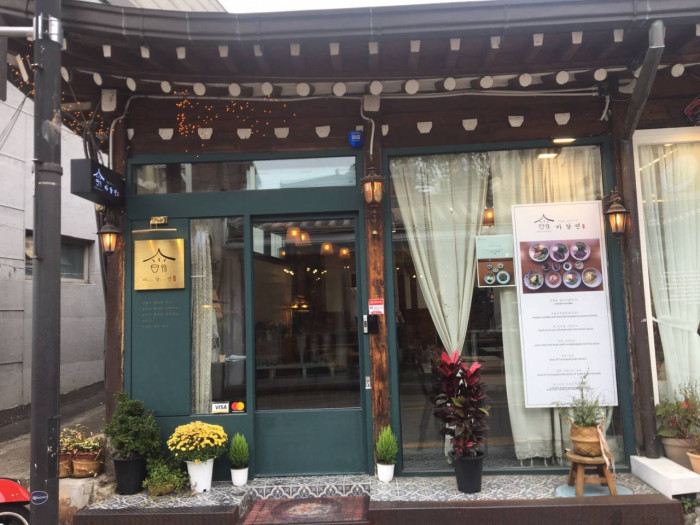
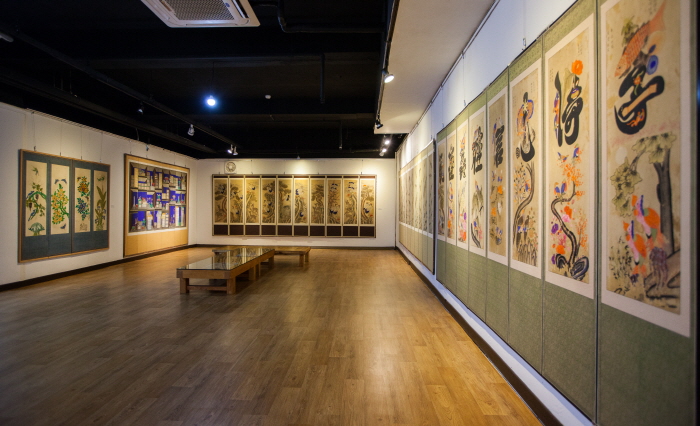
![Inwoohouse [Korea Quality] (인우하우스 [한국관광 품질인증])](http://tong.visitkorea.or.kr/cms/resource/56/3009456_image2_1.jpg)
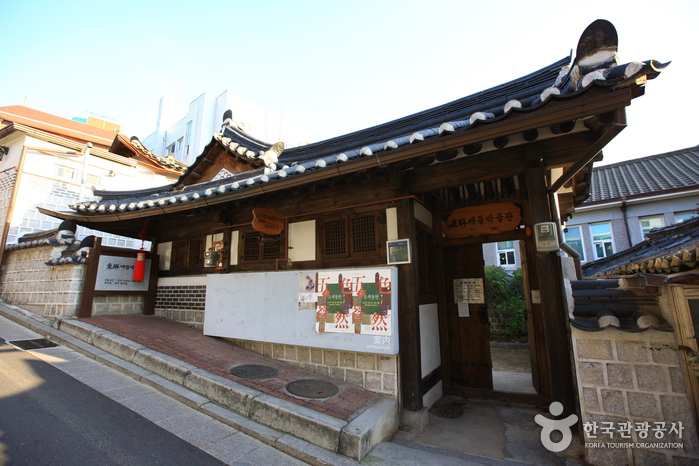
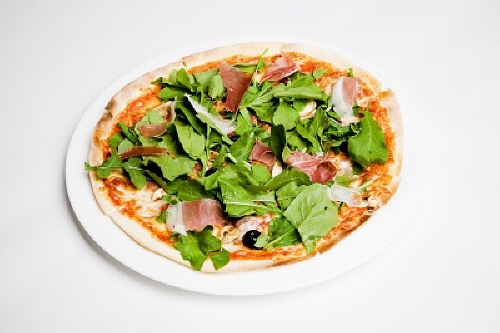
![Dahmsojung [Korea Quality] (담소정[한국관광 품질인증/Korea Quality])](http://tong.visitkorea.or.kr/cms/resource/20/2684320_image2_1.jpeg)
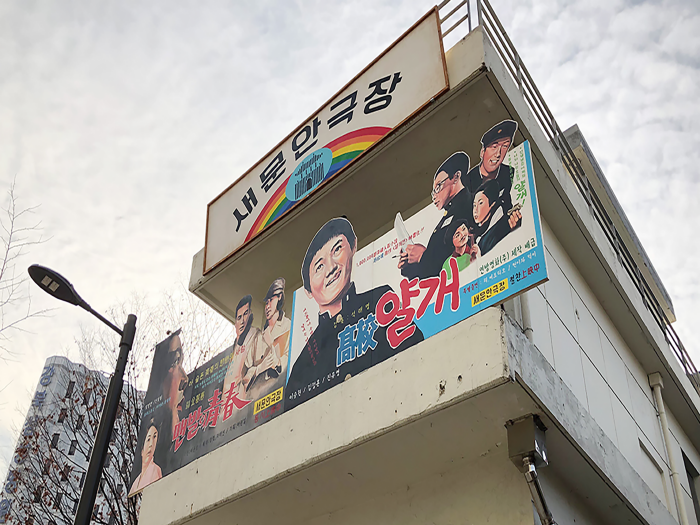
![Hyehwa1938 [Korea Quality] / 혜화1938 [한국관광 품질인증]](http://tong.visitkorea.or.kr/cms/resource/52/2529152_image2_1.jpg)
 Español
Español
 한국어
한국어 English
English 日本語
日本語 中文(简体)
中文(简体) Deutsch
Deutsch Français
Français Русский
Русский